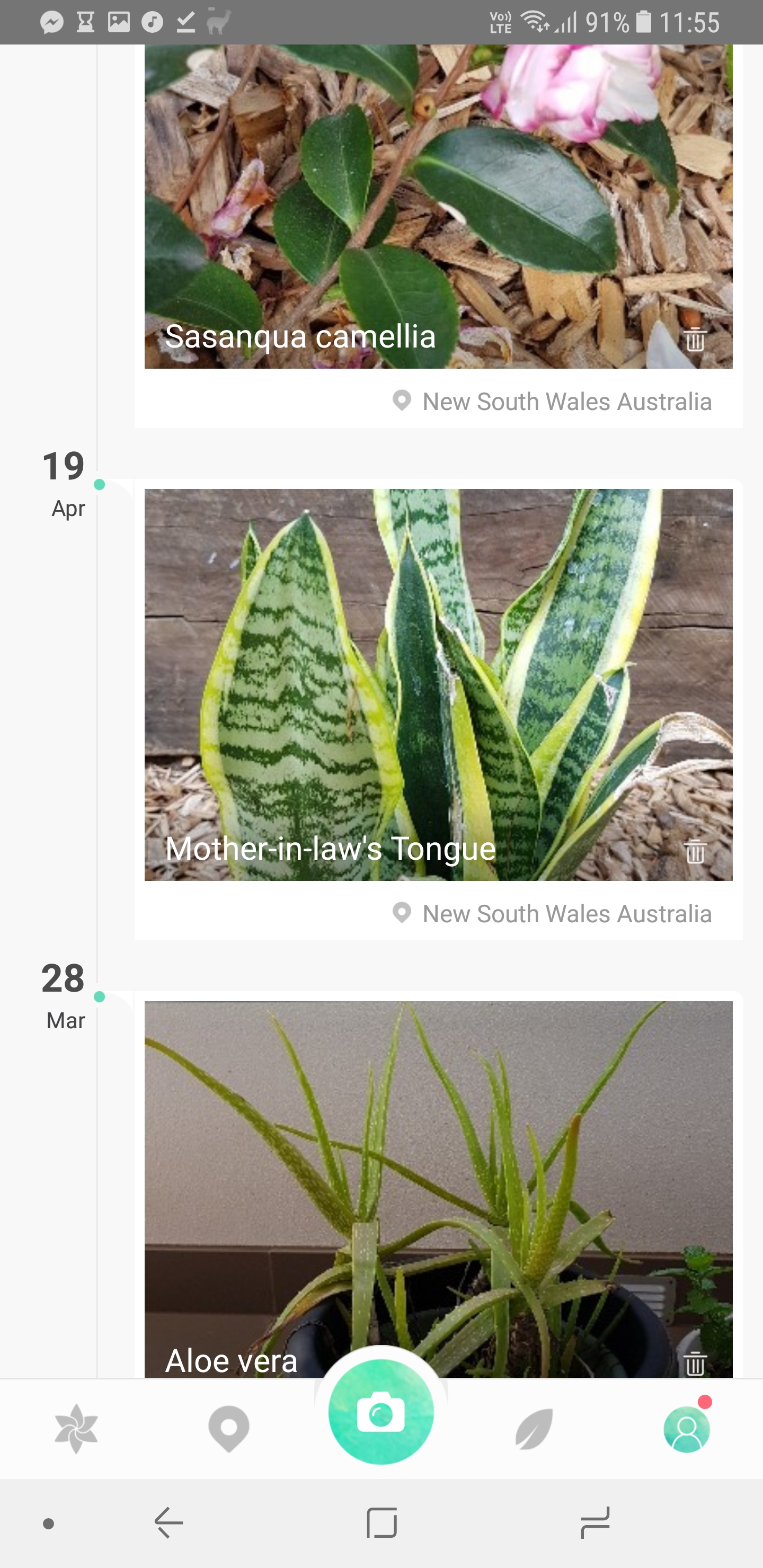Which are the first and foremost signs and symptoms of pollution ivy
SIDE LEAFLETS LIKE MITTENS WILL ITCH LIKE THE DICKENS.
Watch for the minor notches. these can be a lifeless give absent that you’re messing with the completely wrong plant!Florida’s Toxic Trees. Southeast Florida is house to two toxic trees, the poisonwood and the manchineel. Master how to acknowledge them so you will not get far too near, and find out how genuinely unsafe they are.
- Trees
- Winter weather plant bush id
- A bouquet of flowers with Four recurrent segments
- Things to ask One self Information on Woody Flowers and plants
- See The Habitat
- Inflorescence variation
- Will the come possess any unusual qualities?
- Understanding how to Specify Flowers: Where to Start
June 22, 2019 Sandra Pal. Poison ivy. Poison sumac.
Guide
You’ve got possibly read of these, but how about poisonwood? Or manchineel?Some of Southeast Florida’s forests harbor these poisonous indigenous trees that you want to discover to identify prior to you go wandering into the woods. A poisonwood tree with fruit. But let us get the essentials of our annoying crops down very first, considering the fact that five of them are connected by 1 factor, urushiol, an oily resin that can irritate your skin. Allergic call dermatitis, as your physician will call it, is the most important trouble brought on by urushiol.
What other leaf attributes are necessary?
Only a billionth of a gram can bring about a response in some persons. Some persons have no response to little doses of urushiol at all. Irritating Plants.
- All The Groups of Vegetables that you may Identify by using an Mobile app
- A measurement leader, in order to solution renders among other minimal important features
- Promptly Recognise Factories through having an Iphone app: How to Use
- Id Application Set
Arbor Occasion Cornerstone: What exactly shrub is that?

As hikers, we do our greatest to continue to be out of issues when we go going for walks in the woods. And so the most fundamental heads-up of all is about the existence of a few troublesome plants in Florida that lead to pores and skin discomfort.
They’re uncovered in many other states as well, but at the time our rising year gets likely here, some habitats are just overrun by these irritants. Poison Ivy. If you have grown up enjoying in the woods, you are likely incredibly acquainted with poison ivy. It brings about far more skin rashes than any other plant in Florida due to the fact it includes urushiol.
Some people are only a bit impacted by poison ivy, even though other people have substantial itchy outbreaks if they brush against it. Poison ivy. Be aware the crimson stem and 3 leaves. I acquired the challenging way – clearing an acre of it with my father many decades back – than even if you aren’t delicate to poison ivy, you can come to be permanently delicate to it if you contact sufficient of it. Poison ivy ( Toxicodendron radicans ) grows equally as a ground go over and as big vines that climb trees and just about mimic hickory leaves in their dimensions.
It is discovered just about everywhere in the state, but some habitats are far more poison ivy-rich than some others. It likes the deep shade of hardwood hammocks and tropical hammocks, but we have also observed it pine flatwoods and floodplain forests, way too. Poison ivy (3 leaves) intermingled with Virginia creeper (5 leaves) at Mahon Nature Park in Gainesville. Poison Oak. Far less widespread in Florida than in other states, poison oak is however existing listed here.
Poison oak ( Toxicodendron pubescens ) is a smaller shrub that has the identical composition as poison ivy – recall «leaves of three, enable it be. » It can increase up to a couple of feet tall and it appears to be like a large amount like a compact oak tree, as the leaf form mimics an oak. You’ll only find it in North Florida, from Levy and Marion counties through the Florida Panhandle.
And it can be quite easy to oversight for an overgrown poison ivy. We’ve seen it alongside a lot of trails, often in shady locations, but specifically on one particular certain pay a visit to to San Felasco Hammock Preserve, in which it seemed to be really prevalent. Poison oak (© Michael Ireland – inventory. adobe. com)Poison Sumac. You may well be common with the somewhat common winged sumac located in sandhill habitats. Poison sumac ( Toxicodendron vernix ) is located from Central Florida north. Liked winged sumac, poison sumac leaves begin turning reddish-orange in the fall. But these shrubs are taller and have reddish stems. Unless you are on the lookout for them, they may possibly not catch your focus. We’ve arrive across them in sandhill regions, specifically in the changeover zone into a hardwood hammock. Ichetucknee Springs Condition Park is one location we definitely remember viewing poison sumac.
